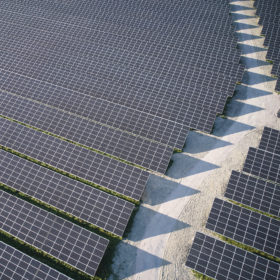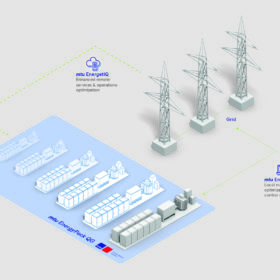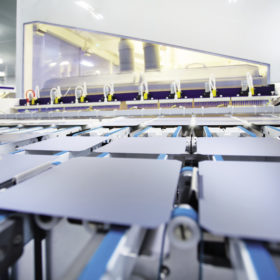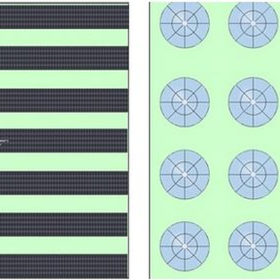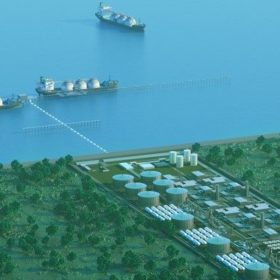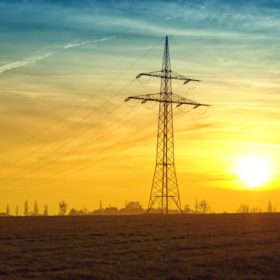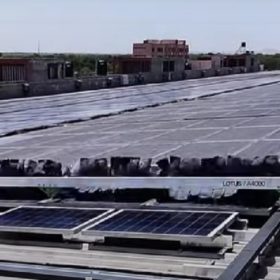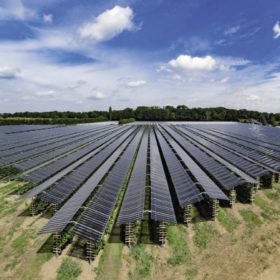Weekend read: A game of risk
The rising popularity of “baseload” power purchase agreements (PPAs) has posed questions to solar electricity suppliers in the German market. How can projects that do not generate at night, and with wide seasonal output variation, effectively supply constant power to consumers? More importantly, who shoulders the price risk?
German developer installs 170 MW of solar at former coal mine
GP Joule and Trina Solar have finished building a 170 MW solar project on a former lignite opencast mine in Brandenburg, Germany.
Rolls-Royce to supply largest battery in Netherlands
Rolls-Royce has agreed to install a 30 MW/60 MWh storage system based on nickel-manganese-cobalt (NMC) batteries in the Netherlands. It will be the country’s largest energy storage system upon completion in spring 2023. It will provide grid frequency regulation services to the Dutch grid.
Chinese PV Industry Brief: Polysilicon prices trending downward
Longi has lowered the prices of all wafers, and JA Solar has unveiled plans to build a new 10 GW factory. PV InfoLink, meanwhile, says polysilicon prices are clearly starting to fall.
Photovoltaics vs. concentrated solar power
Omani researchers have compared the performance of PV and concentrated solar power (CSP) in terms of energy generation intensity and the effective use of land at low latitudes near the Tropic of Cancer. They described nine project typologies and ranked them with three different simulation tools.
The Hydrogen Stream: TES, EWE plan 500 MW electrolyzer in Germany
A group of German companies plans to set up a 500 MW electrolyzer for a 1 GW green hydrogen project in the North Sea. US scientists, meanwhile, have engineered a light-activated nanomaterial to convert ammonia into hydrogen, and Canadian researchers have unveiled a new way to structure catalysts for fuel cells.
Poland raises rebates for residential solar, storage
The Polish government will raise subsidy levels for rooftop PV and storage systems from December under its Mój Prąd scheme. The rebate for solar will increase from PLN 4,000 ($888) to PLN 6,000 and will more than double from PLN 7,500 to PLN 16,000 for storage.
Low-breakdown-voltage TOPCon IBC solar cells to improve shading tolerance
Scientists in the Netherlands have looked at how TOPCon IBC solar cells could help to reduce the impact of shading on solar modules.
Greenleap Robotics unveils fully autonomous robot to clean solar panels
Greenleap Robotics has built the Lotus A4000 cleaning robot with automotive-grade components to serve as a reliable way to clean solar panels in arid regions.
Netherlands selects 2.2 GW of PV projects in new SDE++ round
Solar has dominated the 2022 round of the SDE++ program for large-scale renewable energy projects in the Netherlands, accounting for around 90% of all pre-assigned capacity. About 2,269 MW of PV project proposals have been accepted.
